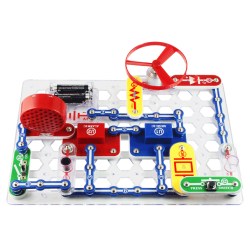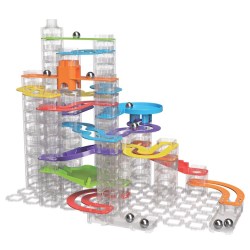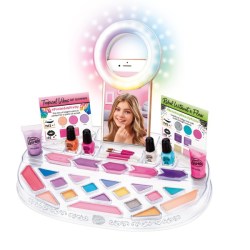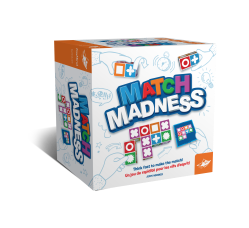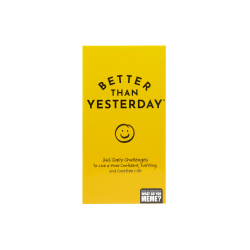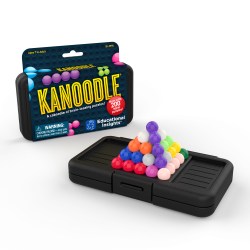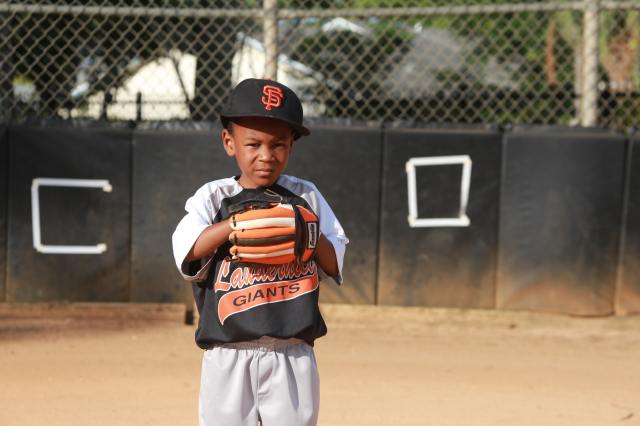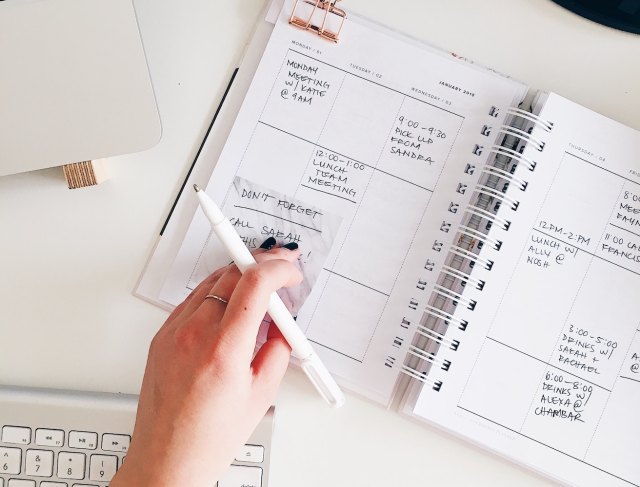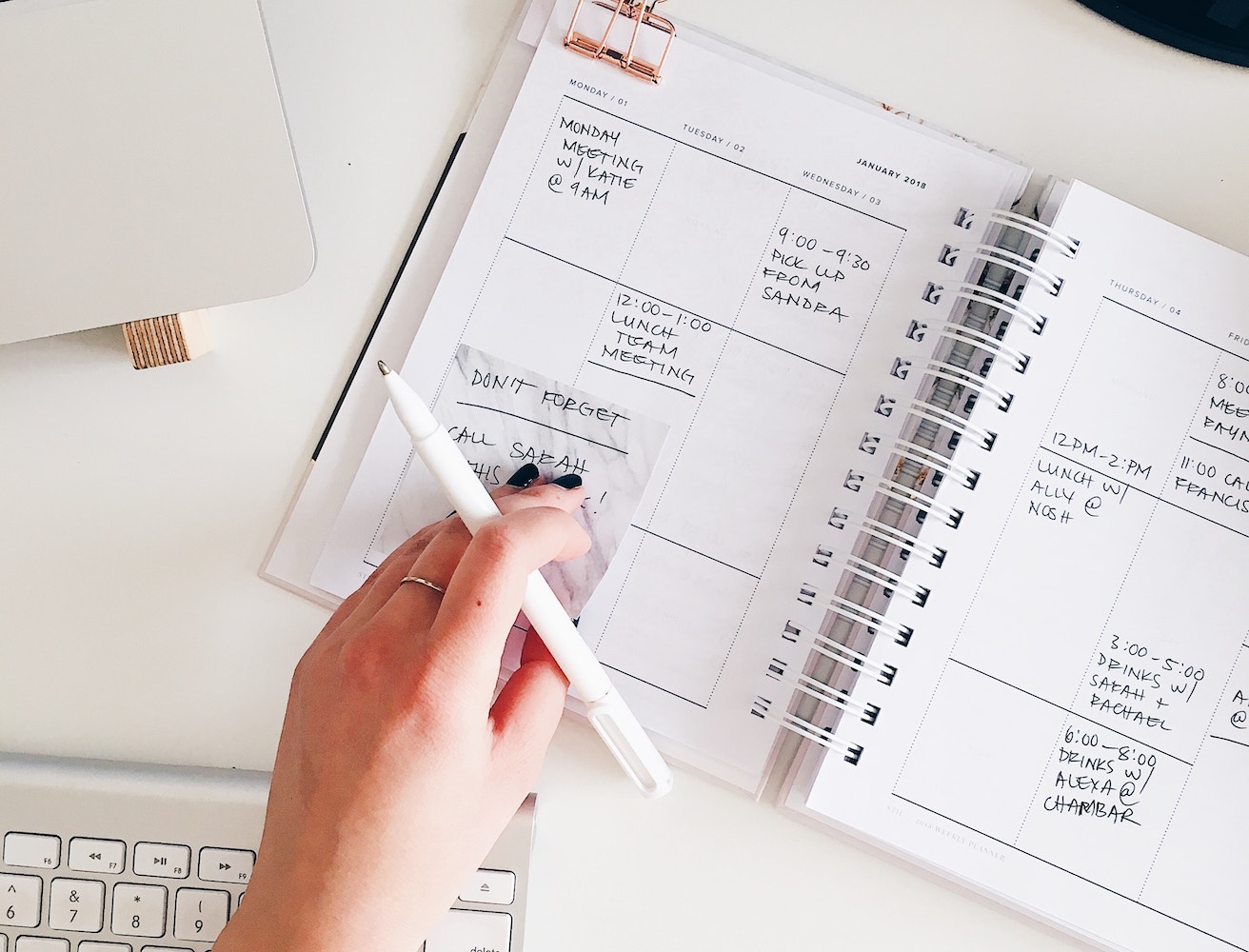The most consistent finding in peak performance literature is the direct, positive relationship between confidence and success. Research doesn’t say success causes confidence, but it clearly tells us that outstanding performers are confident.
Confidence is all about believing in ourselves. It’s having realistic faith that we can make anything happen, fulfill our dream, and reach our goal. Society teaches us we need to have successful results to become confident and it’s natural to pass that belief on to our kids and youth sport team members. But what if I said confidence can be created through an intentional process and doesn’t have to be solely based on winning the game, match, or tournament?
Brain science tells us that confidence is a choice. Helping kids choose to create their confidence doesn’t guarantee they’ll always play great, but it does give them the best opportunity to perform closer to their potential (and have more fun).
Here are seven tips for creating confidence in kids:
1. Reinforce & Reward Effort
Sometimes it’s easier to reinforce effort during practice than during competition when we naturally tend to focus more on outcomes, like making a goal in soccer. By creating a plan to emphasize effort during competition and reward effort after competition, you will increase levels of motivation and fun.
- Pre-determine regular intervals—like the end of a quarter or half-time—to check in with kids and ask them to rate their effort.
- Develop a system to reward effort, like a hustle award, and not just outcomes, such as stickers for making touchdowns.
- On the car ride home, ask younger kids if they tried their hardest and ask older kids to rate their effort on a scale of 1-10.
2. Focus on Self-improvement
One of the top three reasons kids play sports is to improve. To help kids improve, we need to create a mastery-oriented environment where they feel successful when they learn something new or experience skills improvement. A mastery-oriented environment is about “me vs. myself” rather than “me compared to others.”
When kids improve skills, they also build their confidence. We can help kids accomplish both by creating optimal levels of challenge—or opportunities requiring them to stretch one level beyond their current skill or aptitude. We can model what we do after the video game industry, which gradually increases levels of challenge to keep kids engaged and builds skills and confidence in the process.
- Track and celebrate progression by charting and sharing important statistics in your sport.
- Ask kids to set up a practice activity, or game, to create their own level-up challenge.
- Record videos of kids swinging, throwing, shooting, etc. to show them visible skill-improvement over time.
3. Celebrate the Good & the Great
Emotions are like a highlighter on the brain. We best recall experiences attached to strong emotions, whether positive or negative. The more we help kids store positive memories by celebrating the good and great, the more they’ll be able to recall those positive memories the next time they need them. Keep in mind that celebrating may be visible “on the outside” in the form of a high-five or fist-bump, but it also happens “on the inside” through positive self-talk and imagery.
- Ask kids how they plan to celebrate the good and great. Have them show you how they plan to visibly celebrate and, for older kids, help them determine what they plan to imagine or say to themselves to help store positive memories.
- At the start of each practice, have team members show you how they’ll celebrate the good and great.
During practice, or throughout the day, catch kids doing something right.
4. Model & Develop a Growth Mindset
Dr. Carol Dweck coined the phrase and wrote a book about the growth mindset, which is seen in kids who believe new skills can be developed through practice, embrace challenges as opportunities to learn, and think effort is essential. On the contrary, kids with a fixed mindset think skills are something you’re born with, avoid challenges out of fear of failure, and believe effort is something you do when you’re not good enough. Her research shows young people with a growth mindset continually outperform young people who have a fixed mindset.
- Be intentional about modeling the use of the phrases “YET” and “not YET.” Teach kids to use these phrases as they’re developing skills. For example: “I’m on the right track, but I’m not there YET.” “I may not be good at biking YET. But I will keep improving with practice.”
5. Practice Confident Body Posture
Research tells us our physiology can affect our psychology. That is, how we sit and stand, as well as our facial expressions, can trigger chemicals in our body which affect how we think and feel. For example: sitting up straight in a chair gives us more confidence in our thoughts; two minutes of power poses a day can boost feelings of confidence; and choosing to smile can help us feel happier.
- Have your child create their own “power pose”—a physical position they stand in when they feel confident. Challenge them to use their power pose throughout practice or their school day.
- Lead an activity where kids experiment with different facial expressions. Ask them to notice how they feel. Encourage them to incorporate a facial expression into their power pose.
- Develop and practice a confident walk. Ask them to think about a performer in their sport or activity who is confident—and then not confident—and walk around the room like they are that person.
6. Give Specific, Skill-based Feedback
Coaches tend to give a different type and frequency of feedback to players they perceive to have different levels of ability. When we have expectations that a young person is good or has the potential to be a high performer, we tend to give improvement focused feedback more often. On the flip side, when we believe a young person is not very good or doesn’t have potential, we give less feedback and it’s usually “good job” feedback that doesn’t help them improve. How we give feedback can contribute to a self-fulfilling prophecy where good performers get better, and poor performers don’t.
- Be intentional about giving specific, skill-based feedback in similar doses to each of your kids. Increase your awareness of how you give feedback by asking your spouse/significant other/coaching colleagues what they notice. Also, if you’re a coach, videotape yourself coaching in practice
- At the end of a class or practice, take five minutes to get feedback from students. Ask what they learned today and what feedback you gave them that will help them improve. Listen to what they say and provide specific, skill-based feedback, if needed.
- Based on the day’s objectives, create a coaching/teaching cue card to carry in your pocket. Look at the card as a reminder to provide specific, skill-based feedback to each kid, or team member, regardless of their current skill level.
7. Re-frame Mistakes, or Losing, as Learning
There are countless stories about great performers who have failed, messed up, or lost hundreds or thousands of times. They’ve been coached, or learned on their own, that failures and setbacks are essential for growth and development. The more we can support kids as they make mistakes and help them reframe losing as learning versus losing as failing, the more they’ll persist and improve. Helping kids separate who they are from how they perform can increase their motivation and retention.
- Share examples of well-known athletes, artists, or musicians who “failed” before they become highly successful. For example, Hall of Famer, Michael Jordan, was cut from his high school basketball team; Thomas Edison made 1,000 unsuccessful attempts at inventing the light bulb; and Oprah Winfrey was once demoted from co-anchor to a writing and reporting position.
- Challenge kids to think about other sports or areas of life they’re currently good or great at. Ask them to share how good they were when they first started and what they’ve done to improve. Make the connection between effort, practice, and skill development.
- After every performance, tell your kids how much you enjoyed watching them play, regardless of the outcome.
Getting confidence from winning games, or hearing positive statements from others, is great when it happens. However, it’s almost always outside of our circle of control. By intentionally and consistently applying these seven tips for creating confidence, you can help your kids create confidence today rather than wait to get confidence that may never arrive.
Beth Brown, Ph.D., is a life-long educator on a mission to inspire families and kids to have fun, become more active and learn life lessons through sports in her children’s book series Adventures with Divot & Swish.
